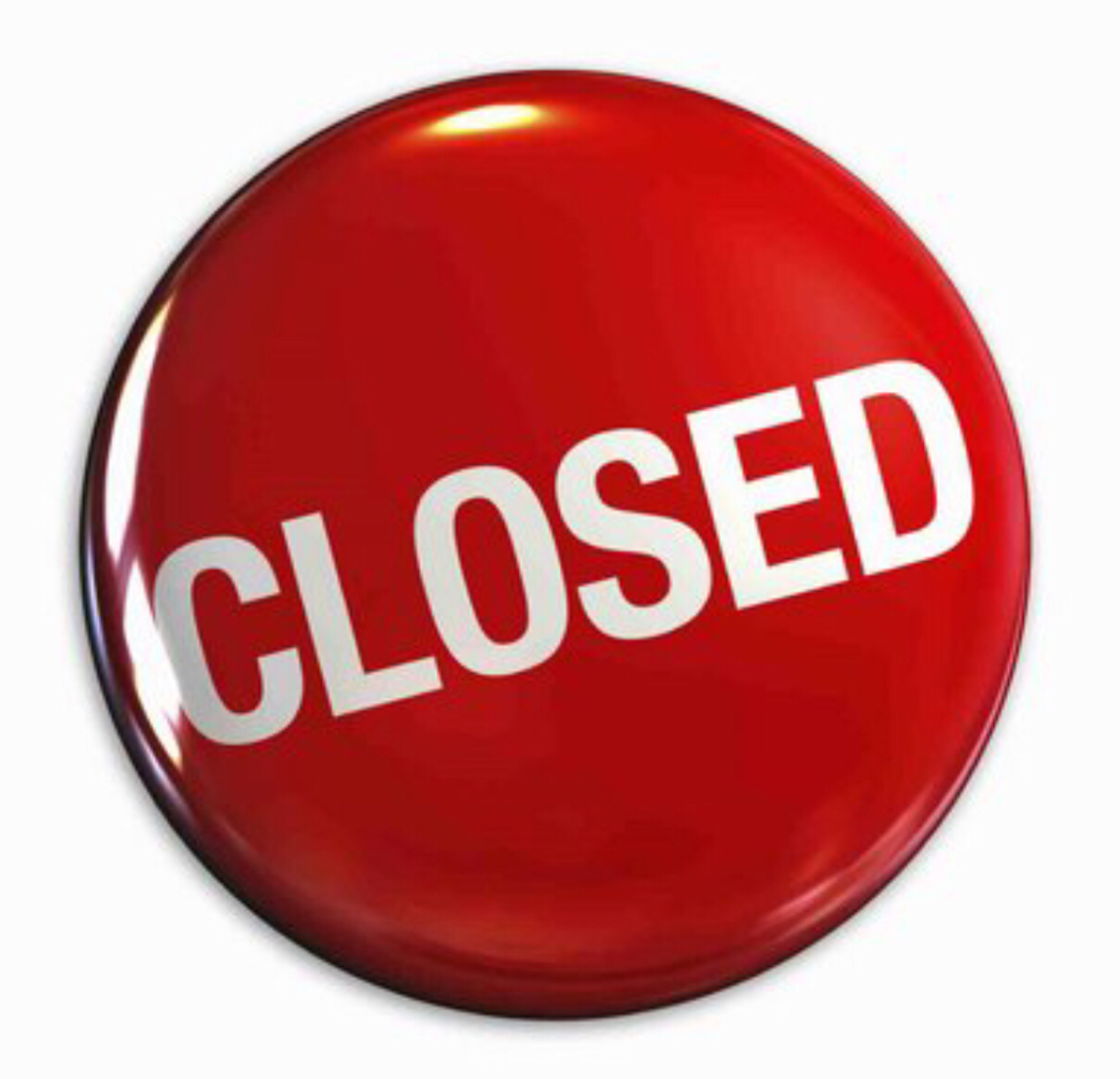Information
-
Client
-
Location
-
Visit
-
Prepared by
Checklist
1.0 Persons at Risk
-
1.1 Visitors and contractors accounted for whilst on site.
-
1.2 Persons with special needs supported when on site.
-
1.3 Employees accounted for whilst on site.
2.0 Management of Fire Doors
-
2.1 Missing or defective fire doors, defective door hinges or other furniture.
-
2.2 Fire doors wedged open or not in a properly closed position.
-
2.3 Final exit doors are in a poor state of repair and not functioning properly
-
2.4 Final exit door release mechanisms are missing, damaged or not functioning correctly.
3.0 Management of Means of Escape
-
3.1 Doors/gates in escape routes, common areas installed with locking device can easily be opened from inside without the use of a key.
-
3.2 Unauthorised storage of materials such as cabinets, shelves or stores in escape routes.
-
3.3 Escape routes clear of waste and other stored materials.
-
3.4 Emergency lighting in escape routes or exits are damaged or not illuminated.
-
3.5 Exit signs are damaged or not illuminated.
-
3.6 Fire action notices complete and available in key locations.
-
3.7 Insufficient clearance on the outside of final exit doors to allow for safe egress.
-
3.8 Clear access available to sign posted Muster Point.
4.0 Storage of materials
-
4.1 Large accumulation of combustible fire loads.
-
4.2 Inappropriate storage of hazardous materials
5.0 Maintenance of Fire Service Installations
-
5.1 Extinguishers provided in the building are defective, damaged, missing or lack of maintenance.
-
5.2 Manual fire alarm call points are defective, damaged or obstructed by other objects.
-
5.3 Fire hose reel systems are defective, damaged or obstructed.
-
5.4 Fire alarm has not tested on a weekly basis.
-
5.5 Alarm panel showing fault on the system
6.0 Maintenance of Electricity Systems and Fork Lift truck Battery Charging Area
-
6.1 Fixed Condition Survey completed and "satisfactory".
-
6.2 Portable Appliance Testing complete.
-
6.3 Battery charger securely mounted against a non combustible structure.
-
6.4 Battery charging located in non-combustible construction.
-
6.5 Battery charging area is clean, tidy and is clear of combustible materials.
-
6.6 Charging are located outside of the storage racks.
-
6.7 Suitable maintained fire extinguishers in close proximity to the charging area.
-
6.8 Adequate ventilation available to the charging location.
-
6.9 All charging cables should be kept as short as possible.
-
6.10 Charging cables suitably stored.
-
6.11 Charging cables maintained in sound condition via frequent inspection.
7.0 Completion
-
Name and Signature of Inspector
-
Date









